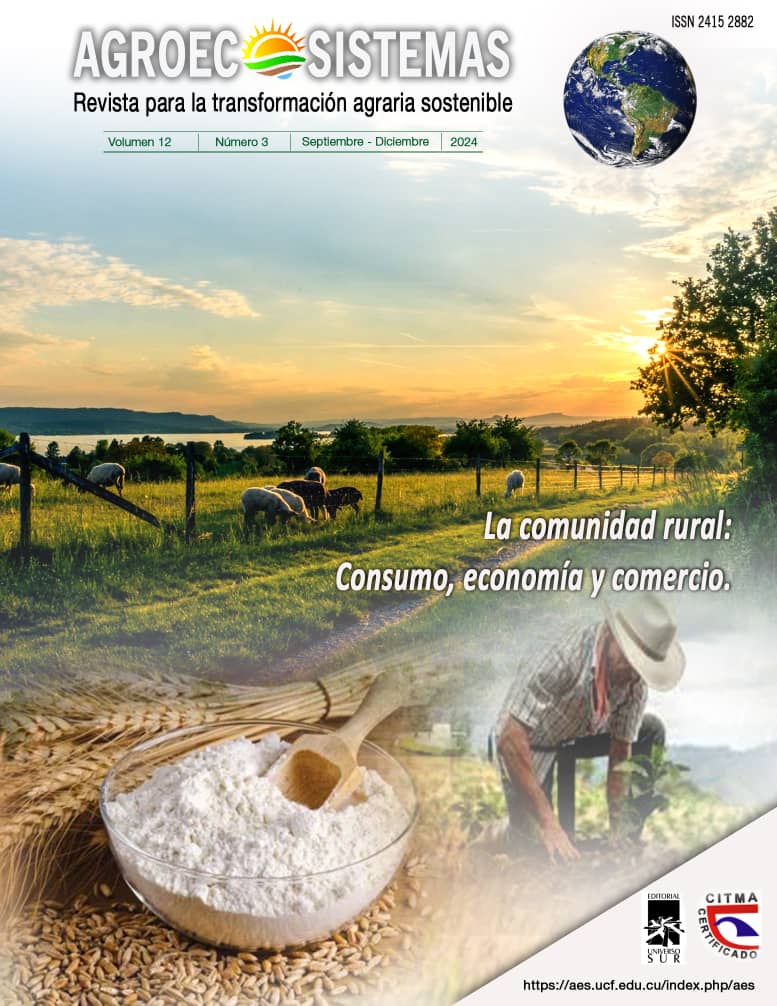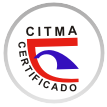Conditional suspension of sentences in crimes committed in rural areas
Abstract
The present study aimed to analyze the application of conditional sentence suspension in crimes committed in rural areas, in order to understand how the social, economic, and geographical conditions of these territories influence judicial decisions to grant this measure and the fulfillment of the conditions imposed on the convicts. A mixed methodology was used, including the review of current legislation, the analysis of judicial records, in-depth interviews with judges, prosecutors, public defenders, and penitentiary staff, as well as surveys of individuals serving sentences under this regime. The results revealed that although conditional sentence suspension is seen as an effective tool to prevent prison overcrowding and promote social reintegration, its implementation in rural areas faces significant challenges. The main obstacles identified include a lack of resources for effective supervision of the convicts, scarce access to rehabilitation programs, and limited coordination among institutions responsible for monitoring compliance with the conditions. Despite these difficulties, the measure is well-regarded by rural communities, which see it as a viable alternative to imprisonment. There is a clear need to adapt public policies to rural realities, improving supervision mechanisms and fostering greater collaboration between judicial authorities and local communities to ensure the success of the measure and the effective reintegration of convicts.
Keywords: Rural crimes, Rural areas, Social conditions, Social reintegration.
Downloads
Published
How to Cite
Issue
Section
License
Copyright (c) 2024 Agroecosystem Transformation Journal

This work is licensed under a Creative Commons Attribution-NonCommercial-NoDerivatives 4.0 International License.
La editorial "Universo Sur", de la Universidad de Cienfuegos, publica el contenido de la Revista Científica Agroecosistemas bajo una Licencia Creative Commons Atribución-NoComercial-SinDerivar 4.0 Internacional.
© Podrá reproducirse, de forma parcial o total, el contenido de esta publicación, siempre que se haga de forma literal y se mencione la fuente.






